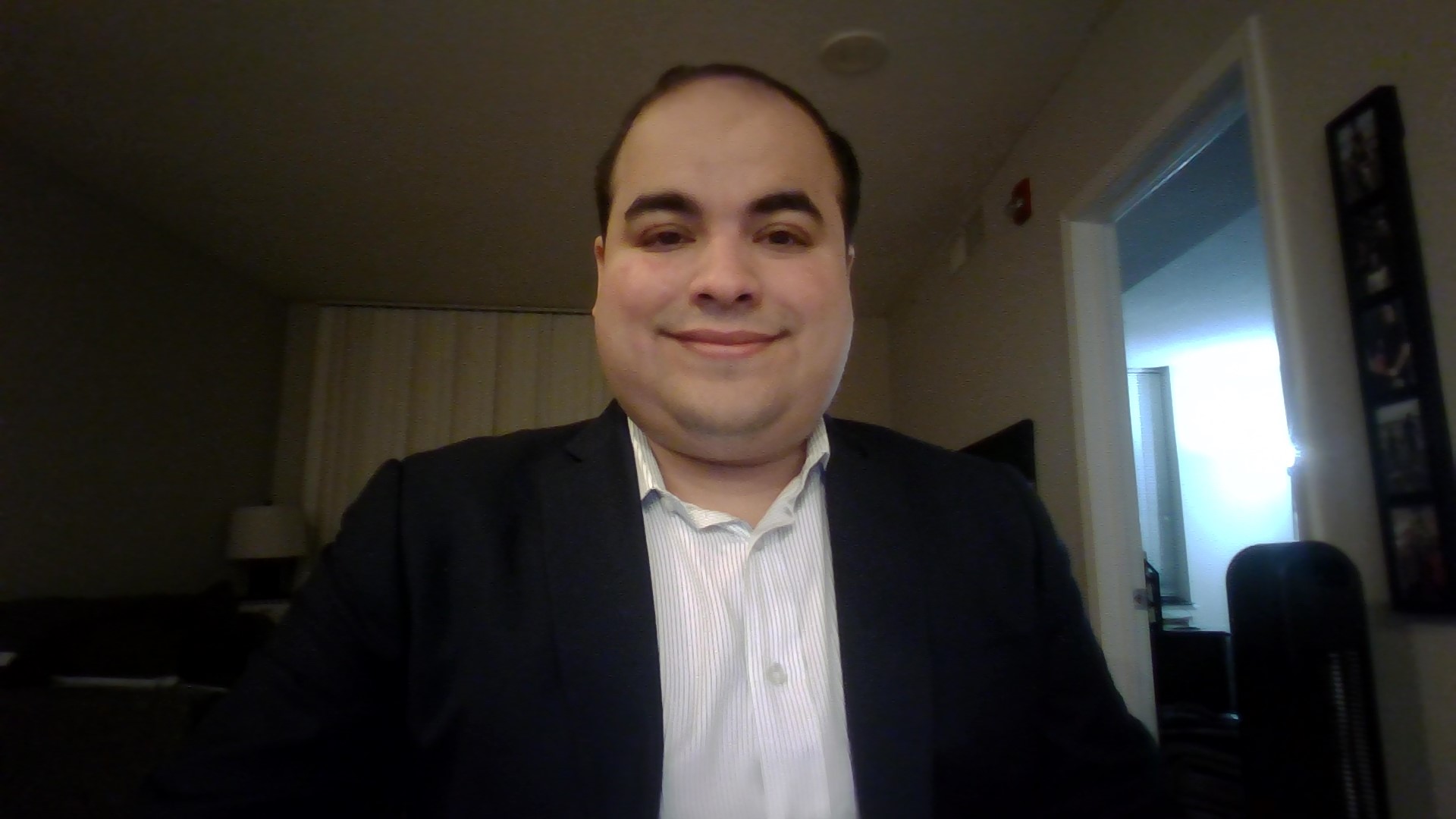All AP World History Resources
Example Questions
Example Question #202 : War And Civil Conflict
The invasion of what country led to the beginning of World War II?
Poland
Czech Republic
Belgium
France
Poland
It wasn't until the invasion of Poland in 1939 that the Allied powers began to undertake active opposition to Nazi growth, thus launching the beginning of World War II. Neither France nor Belgium had been invaded yet. Earlier in 1939 had Czechoslovakia been invaded by the Nazis but the Allies had not intervened yet.
Example Question #762 : Political History
What dictator was in charge of Iraq during the United States 2003 Operation Iraqi Freedom?
Hussein Muhammed
Zarkawi
Saddam Hussein
Osama Bin Laden
Saddam Hussein
Saddam Hussein was the dictator of Iraq when the United States launched Operation Iraqi Freedom in 2003. While Zarkawi became a key leader in leading attacks against the American forces, he was not an official dictator of Iraq. Osama Bin Laden was a major figure in Afghanistan around the same time, but was not an officially designated member of the government.
Example Question #32 : War And Civil Conflict 1900 To Present
What war heavily featured trench warfare?
War on Terror
Vietnam War
World War I
World War II
World War I
It was War World I that relied heavily on trench warfare. Because of this type of warfare, this conflict was very deadly, costing the lives of many. The Vietnam War and the War on Terror featured the use of guerrilla warfare.
Example Question #763 : Political History
What was the shortest military involvements of the United States in the Middle East in the early 1990s?
Persian Gulf War
Operation Iraqi Freedom
Yom Kippur War
War on Terror
Persian Gulf War
The Persian Gulf War stands as one of the shortest American military involvements in the Middle East in the early 1990s. The War on Terror is still ongoing and Operation Iraqi Freedom officially lasted longer than the Persian Gulf War. Finally, the Yom Kippur War was between Israel and Arab states.
Example Question #1483 : Ap World History
What war involved France and a colony under its control through the years of 1954-1962?
Senegalese War
Franco-Tunisian War
Russian War
Algerian War
Algerian War
None of the other mentioned wars took place. During the years 1954-1962, France was involved in a war against those in Algeria who wanted independence from their imperial colonizer, France. The was was concluded with Algeria's independence.
Example Question #31 : War And Civil Conflict 1900 To Present
The Treaty of Portsmouth brought to an end the hostilities of __________.
the Chinese Revolution
the Sino-Japanese War
the Russo-Japanese War
the Pacific theatre of World War Two
the Boxer Rebellion
the Russo-Japanese War
The Treaty of Portsmouth brought to an end the hostilities of the Russo-Japanese War (1904-1905). It led to the formal recognition of Japan’s emergence as an imperial power and control over Korea and Manchuria, as well as the temporary suspension of Russian territorial ambitions in the Far East.
Example Question #212 : War And Civil Conflict
Britain and France finally declared war on Nazi Germany after __________.
the annexation of Austria
the remilitarization of the Rhineland
Hitler implemented the Holocaust
the invasion of Czechoslovakia
the invasion of Poland
the invasion of Poland
Much of the buildup to the Second World War was marked by the deliberate attempts of Britain and France to prevent war by conceding to Hitler’s demands. This policy is known as “appeasement” and, obviously, it failed. Hitler first remilitarized the Rhineland, then he annexed Austria, before conquering the Sudetenland from Czechoslovakia. Each of these actions led to stern condemnation, but no declaration of war. Finally, however, with the German invasion of Poland on September 1st 1939, Britain and France declared war.
Example Question #32 : War And Civil Conflict 1900 To Present
The Molotov-Ribbentrop Pact was signed between __________.
Germany and the Soviet Union
Japan and Germany
The Soviet Union and Japan
Germany and Poland
The Soviet Union and Ukraine
Germany and the Soviet Union
The Molotov-Ribbentrop Pact was a nonaggression pact signed between Nazi Germany and the Soviet Union in 1939. It also included secret provisions for the division of Poland between the two powers. Nazi Germany violated the pact in 1941 when it invaded Soviet occupied Poland.
Example Question #33 : War And Civil Conflict 1900 To Present
The Cuban Missile Crisis was resolved when the Soviet Union agreed to withdraw nuclear weapons from Cuba in exchange for the United States removing its nuclear weapons from __________.
Turkey
West Germany
Britain
Japan
Poland
Turkey
The Cuban Missile Crisis began when the United States government became aware that the Soviet Union was putting ballistic missiles in Cuba. It is generally considered to be the closest that the two major powers came to nuclear confrontation during the Cold War. The crisis was resolved when the Soviet Union agreed to withdraw its missiles from Cuba in exchange for the United States withdrawing its missiles from Turkey.
Example Question #34 : War And Civil Conflict 1900 To Present
The Long March was instrumental in the rise to power of which of these twentieth century rulers?
Fidel Castro
Emperor Hirohito
Mao Zedong
Josef Stalin
Pol Pot
Mao Zedong
The Long March was instrumental in the rise to power of Chinese communist leader Mao Zedong. It took place during the Chinese Civil War between the communists and the nationalists. At the time, the nationalists were winning, and the communists undertook the Long March to escape the forces of the nationalist army. The march led to Mao's coronation as the undisputed head of the communist forces and inspired thousands of young men to join the communist cause.
Certified Tutor
All AP World History Resources




